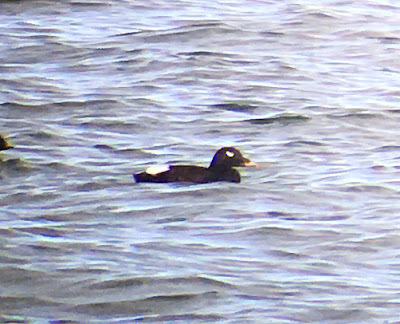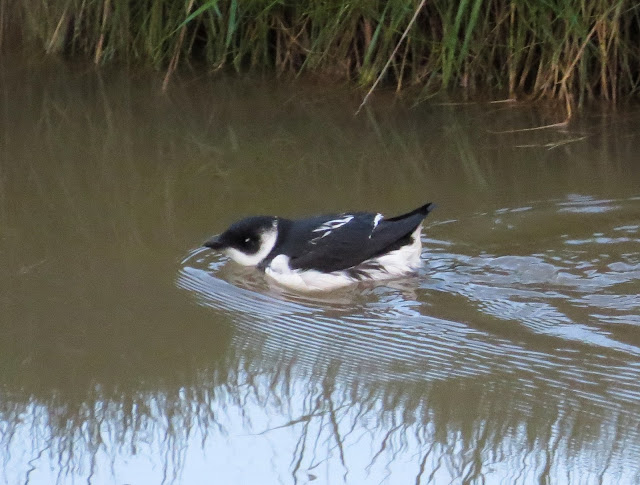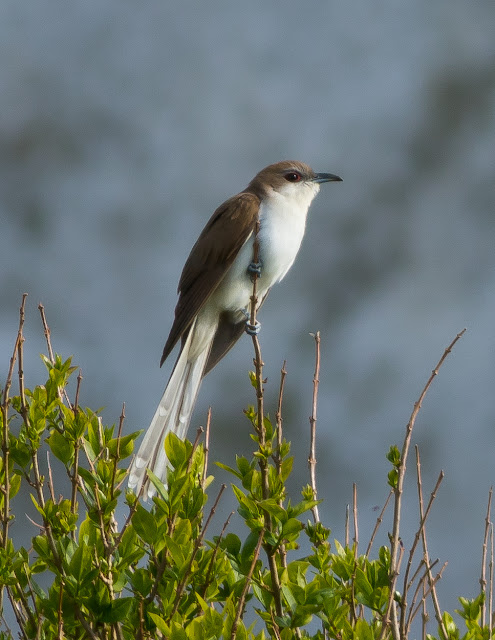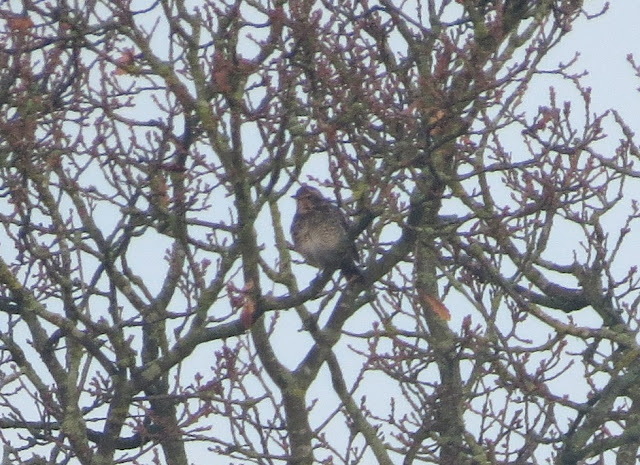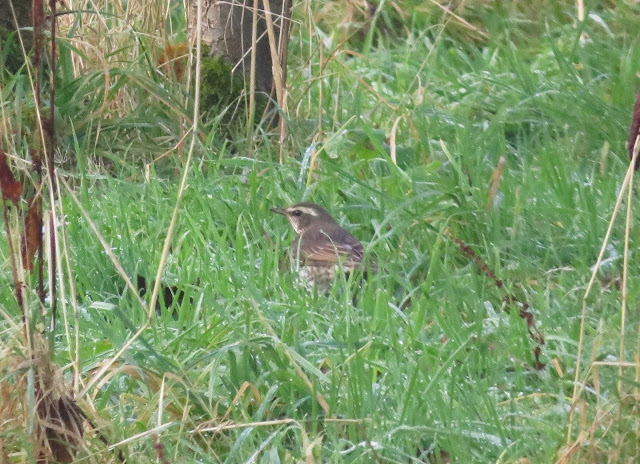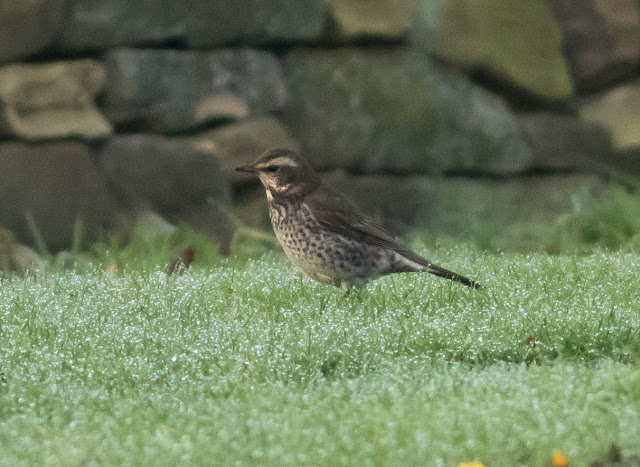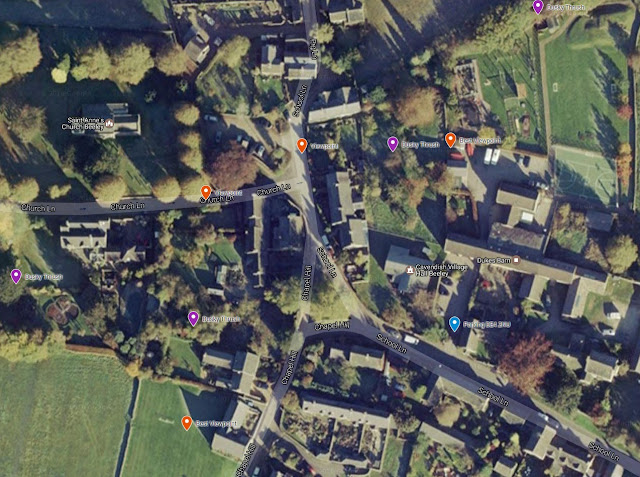There’s no doubt about it,
2016 has been a truly exceptional year in the world of birding! Back in January
nobody would have predicted that 12 months later we would have experienced an
autumn knee deep in Siberian Accentors, that a Red-footed Booby would have been
gallivanting on a shingle beach in Sussex no less, or perhaps most miraculously
of all, that most doomed and mythical of American vagrants - the notorious
Black-billed Cuckoo - would not only survive for more than a few days(!) but
would give itself up for the twitching masses to enjoy, unblocking decades
worth of anguish. To imply that 2016 has been uneventful would be a downright
injustice to say the least!
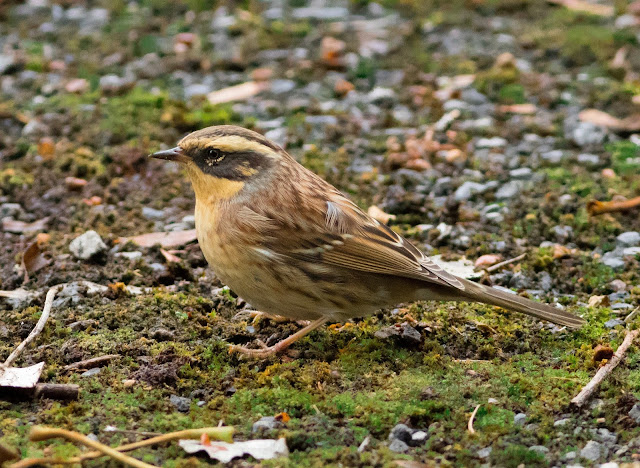 |
| The now famous Easington Siberian Accentor |
 |
| The Red-footed Booby taken in to care in Sussex (Credit: East Sussex WRAS) |
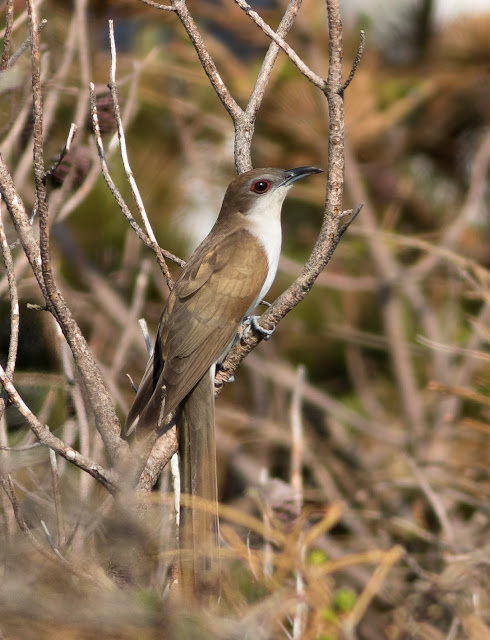 |
| North Uists very own Black-billed Cuckoo |
Naturally, long-held records
have tumbled, blockers have been banished and year lists shattered in what was
a truly eventful year. The Eastern Kingbird on Barra broke hearts as it flew
off high in to the clouds not once, but twice, the bona-fide first for Britain
Western Swamphen(/chicken) amused visitors at Minsmere RSPB as it strutted
around the reedy pools, while the aforementioned Red-footed Booby set pulses
racing for a short while as questions were asked as to whether this Caribbean
seabird, a long way from home, would be released in British waters after its
recovery (it was eventually flown over to the Cayman Islands to continue
rehabilitation there).
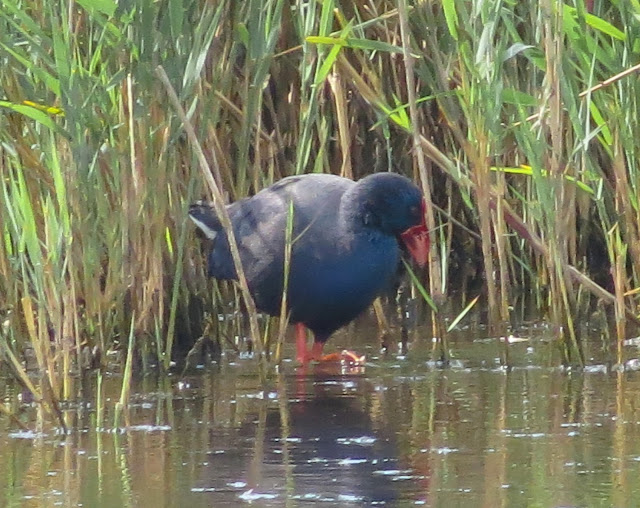 |
| Minsmere's Purple Swamphen/chicken - aka "Hen" |
Several other less convincing
‘firsts’ were also tracked across the country – the arrival of a Dalmatian
Pelican in Cornish airspace caused absolute chaos as birders from across the
country raced down to the south west tip of Britain to tick this giant visitor,
thought by many to be the real deal from Poland until a bit of detective work
and digging revealed several free-flying escapes now make their home in Western
Europe…
 |
| Plastic Fantastic - the Cornish Dalmatian Pelican |
Equally as ‘untickable’ was
the West Country Lammergeier – the video of an immature seen flying off from
rocks on the Severn Estuary quickly went viral and the chase was on to track
its movements and whereabouts along the west coast counties. Proving extremely
elusive and often vanishing in to the depths of the Devon hills to the despair
of many, the question remains as to just what category this British bonecrusher
will fall under – reintroduction and captive breeding projects in Europe are
unfortunately the most likely source, and several other young birds from these
conservation initiatives have also been seen to range up in to northern Europe
in the past few years.
Meanwhile the first Forster’s
Tern in British seas for 13 years was a welcome addition to many lists, the
Great Knot showing well on the beach at Titchwell proved that not all visitors
of this species follow the rules of being “Great Dots”, while only the second
ever Pale-legged Leaf Warbler crashed in to a window on St Agnes, meeting an
untimely end and making those on the island wish they’d paid a little bit more
attention to that bright looking Arctic Warbler the day before. The East coast’s
flyby Black-browed Albatross both delighted those lucky enough cross paths with
it and left others cursing as it gave them the run around in equal measures,
while Eyebrowed, Whites, Dusky and Black-throated Thrushes all on the mainland reminded
us all exactly what could be lurking out there just waiting to be found over
the winter….
 |
| Beeley's overwintering Dusky Thrush |
 |
| The Northumberland Eyebrowed Thrush photographed by Ross Moore in December |
 |
| Painted Bunting - aka "Male" |
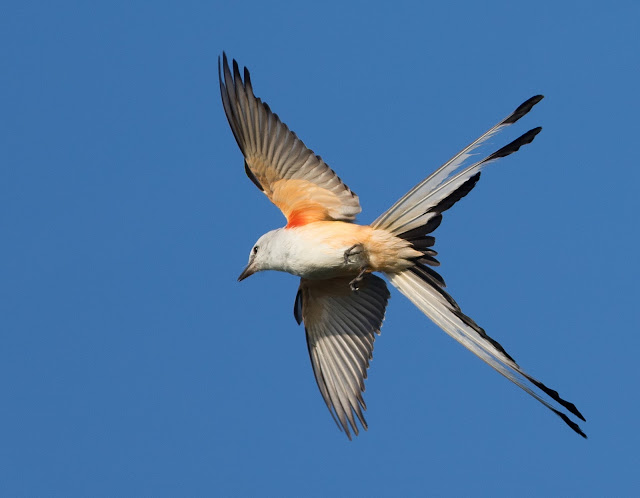 |
| Scissor-tailed Flycatcher |
 |
| One of the best birds in the world - the Swallow-tailed Kite |
And so, to the best birds that
2016 had to offer….
5th place for the
year goes to the completely unexpected and out of the blue record of the
Connah’s Quay Little Auk back in January. A lifer for me, having never
previously seen these adorable looking arctic alcids, we had great views as
this usually ocean bound seabird paddled around just feet away in the small pools
and inlets of the reserve. A truly amazing birding experience, and I for one
was exceptionally glad that my first encounter with a Little Auk was so ‘up
close and personal’ as opposed to being a distant dot making its way across a
stormy sea.
In 4th place has to be one
of the most elusive and enigmatic seabirds encountered in British waters – the
Wilson’s Storm-petrel. Having endured over 30 hours of seasickness in our quest
to catch up with this enchanting tubenose as well as braving 40mph gales and
towering walls of crashing water, we finally struck it lucky on our third and
final Scilly pelagic of the summer, with no fewer than 4 individuals performing
their ocean acrobatics at close range as they danced over the waves. An
unforgettable experience and one I’d highly recommend to anyone who’s yet to
head out to sea on one of Bob Flood and the team’s now famous voyages.

3rd position is of course
the Brunnich’s Guillemot that made Anstruther harbour in Fife its home back in
September. With not going down for the Portland bird being a huge regret, I was
doubtful another opportunity to see this mega auk in British waters would come
along soon, so when news broke that one was providing extremely close views
around the boats and appeared to be in full moult (indicating it wouldn’t be
going anywhere fast!) we made the long journey up to the east coast of Scotland
in an attempt to connect. Swimming to within mere feet away, it’s true that the
closest birding encounters are usually the most memorable, and despite the true
to form Scottish weather trying to dampen proceedings, it was great to get such
fantastic views of the Brunnich’s diving for fish in front of us. Sadly
however, as was expected due to its rather peaky looking demeanour and poor
feather condition throughout the week, the Brunnich’s was found to have died by
Saturday morning, presumably exhausted and representing a tragic end to a top
little bird.
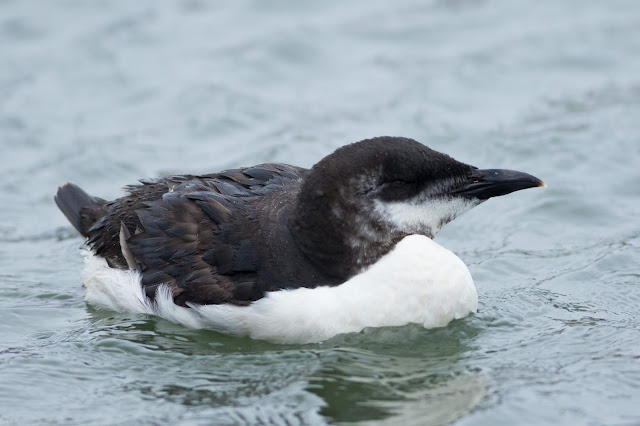 |
| Brunny! |

Some birds have a mythical,
almost legendary status on the British twitching scene, generating a certain level
of excitement whenever whispers of news surrounding their arrival surface –
Wallcreeper, Rubythroat, and almost any mega American Warbler or Siberian waif
from far away all fall in to that category. Another, is of course, the
Black-billed Cuckoo – perhaps the most doomed of all American vagrants - absent
from British records since the 1980’s and early 90’s, apart from a brief flyby
appearance on Orkney two years ago. It seemed an almost impossible feat that
this monster cuckoo would be making its way on to any modern lists any time
soon….. But, as the saying goes, anything is possible in the world of birding,
and news of one photographed sitting on a fencepost on North Uist happily
tucking in to caterpillars sent the twitching community in to a spin. 2nd position and narrowly missing out on
the top spot is of course none other than North Uist’s cracking Black-billed Cuckoo, the first spring adult of its kind to grace UK shores and an absolutely
stonker of a specimen.
 |
| Black-billed Cuckoo - narrowly missing out on top spot... |
Found late on the Sunday
evening and with Coccyzus cuckoos in Britain usually having an expiry date of
around 2 days, it was therefore a huge ask for the bird to last a whole week
and stay until the following weekend. But stay it did, and Friday evening saw
us make the mammoth treck up to Uig on the Isle of Skye to catch the ferry over
to Lochmaddy the next day. With an almost heart-breaking sat-nav miscalculation
and a frantic drive to the ferry terminal soon forgotten as we sailed over to
this beautiful outcrop of Scottish scenery, we finally clapped eyes on our
prize – one remarkable adult Black-billed Cuckoo. Our most adventurous twitch
to date having never travelled to the far flung Scottish islands in pursuit of
one bird before, the trip felt like a personal achievement and just goes to show
that those who do make the effort really do reap the rewards. An incredible
bird, surrounded by breath-taking scenery in a beautiful location, it really
doesn’t get much better than that!
Despite all this, 2016 will go
down in birding history for one thing – the invasion of a certain golden
patterned accentor from the east on an unprecedented scale that many are
touting as the birding event of the century so far. Generating interest across
the country, providing a spectacle never seen before in Europe let alone on
British soil and causing even long-retired twitchers to dust off their bins, in
top spot, is of course, the widespread invasion of Siberian Accentors that took
Britain by storm this autumn.
 |
| Number one for 2016 - the Siberian Accentor at Easington |
When news broke that perhaps
the most widely anticipated first for Britain had finally made landfall on
Shetland (where else?!) the entire British birding community collectively lost
their minds as one. With photos surfacing depicting this golden sprite showing
mind-bogglingly well by a small quarry up in the deepest wilderness of
Shetland, it seemed nigh on impossible that the vast majority would ever get
this special bird on their lists, instead having to settle for gazing at the
many jaw-dropping photographs flooding the net. Fast forward just a matter of
days however, and Thursday afternoon saw the news break that stopped all
twitchers in their tracks – “Siberian Accentor: Easington, Yorkshire. One by
the school”. A mainland Siberian Accentor – the stuff birding dreams are made
of. One mad dash later and we were gazing upon this tiny piece of Russian gold for
ourselves, hopping around on the now famous mossy covered drive alongside the
equally as famous yellow skip. Mind-blowing.
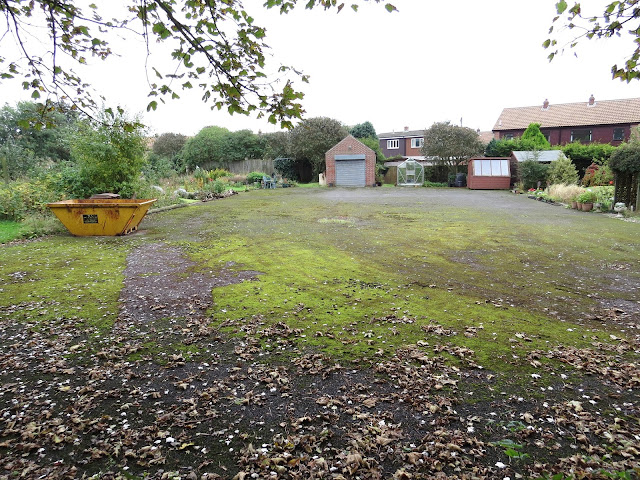 |
| The famous skip! |
For me, this tiny Russian visitor
was without doubt the bird of the year, a species I’d never imagined I’d ever
see in the world, let alone in Britain. Watching it forage around in the leaf
litter alongside Dunnocks and Robins was completely surreal, none the wiser to
the absolute chaos, stress and above all excitement its arrival had caused. A
magical bird and a worthy winner of the crown for Best Bird of 2016.

With 2017 just around the
corner, who knows what avian delights await us over the next 12 months –
perhaps an overwintering Rubythroat or mega Siberian Thrush, a smattering of
brightly coloured American warblers come the autumn or perhaps even that most
sought after and ever hoped for modern day twitchable British Wallcreeper.
Fingers crossed!
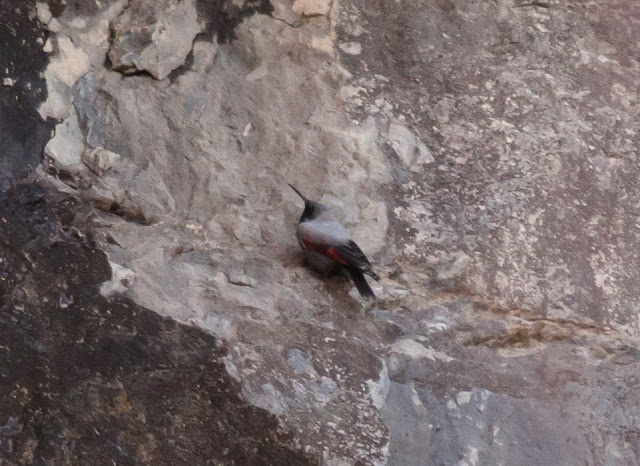 |
| Best wishes for 2017! |








